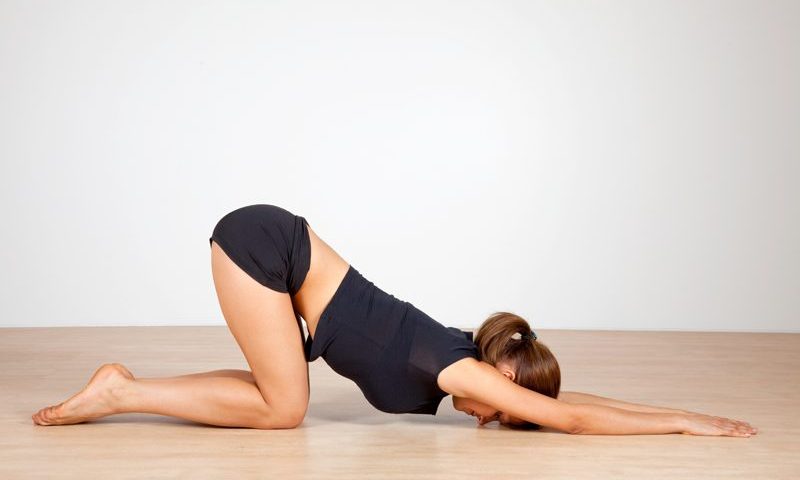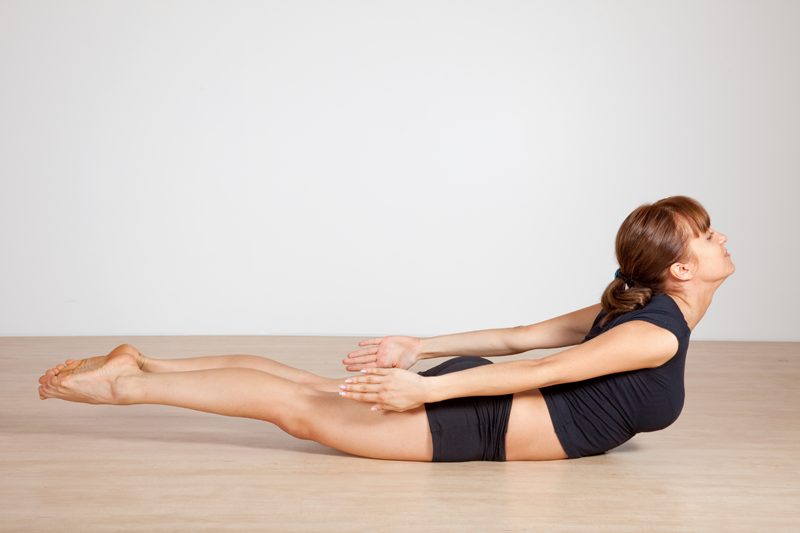
How to Do Yoga at Home?
21st February 2019
How to Shake up Your Yoga Practice
28th February 2019How to Face Challenges in Your Yoga Practice

You’ve taken the leap and attended your first yoga class. While some people fall in love with the practice instantly, others encounter challenges in the first few weeks. If this is you, don’t worry! It’s totally normal. Sometimes, a few tips and tricks are all that’s needed to get back on the yoga mat. In this article, we explore how to face challenges in your yoga practice and help you to come out the other side.
Pain and Discomfort
Pain and discomfort are one of the main challenges in yoga, especially amongst beginners. As with any form of exercise, you may experience stiff muscles after your first few sessions. Practising with tight muscles can cause a considerable amount of discomfort during certain postures. Typically, this is because you don’t have the flexibility needed for the poses.
To make things worse, each posture should be held for several seconds for the best results. If you are experiencing discomfort, a few seconds can feel like hours. However, discomfort isn’t necessarily a bad thing. If you can breathe through it, certain postures will help to release the tension and relieve the pain. It’s natural to experience muscle aches after exercise, and the pain doesn’t necessarily indicate a serious issue.
To avoid injury, it’s important to learn the difference between pain and discomfort. While discomfort is natural and can be relieved through further practice, that isn’t necessarily the case with pain. To avoid further injury, speak with your instructor or a medical practitioner if you’re experiencing chronic pain.
Cost
Another common challenge is the cost factor associated with regular yoga sessions. As the popularity of the exercise rises, so do the prices. And it’s not only the cost of the sessions you need to think about. If your studio doesn’t supply equipment, you’ll need to fork out cash on that, too. With this in mind, yoga can end up being a costly pastime. However, it doesn’t have to be. While you can splash out on luxury yoga gear and an expensive class, there are cheaper alternatives out there. If your budget is smaller, do your research and choose a class with competitive pricing. If it’s still too expensive, consider practising at home instead of using a studio. That way, the only thing you’ll need to buy is a non-slip yoga mat. Another way to cut costs is to choose a studio that provides equipment. This way, you’ll be able to use the communal gear instead of buying your own.
The list of yoga accessories is endless, starting from basic mats and ranging to expensive props, headbands, and fitness gear. However, how much of that is really necessary? The answer to this varies from person to person. However, most people would agree that all you need to get started is a breathable yoga outfit and a comfy mat. Yoga has been practised in India for thousands of years without the use of costly equipment. If it’s not needed there, it’s not needed here.

Time Management
Time management is another challenge that many yogis face. In the busyness of modern life, taking time for yourself can be tricky. Many of us work Monday-Friday and spend the evenings and weekends catching up with household chores or looking after our children. At first glance, it may seem impossible to fit regular practice into your lifestyle. However, there are ways around this.
Contrary to popular belief, you don’t need to practice for hours to reap the benefits of yoga. If you can only fit in 30 minutes a week, that’s fine. As long as you use that time effectively you will still see results. Some people find it easier to break their practice up. Instead of practising for an hour once a week, they choose to practice for ten minutes each day. Shorter sessions can be easier to fit into a hectic schedule. If you want to practice in the morning, get up ten minutes earlier and squeeze it in before work. Alternatively, practice in the evening to wind down before bed. Some people even practice during their lunch break. If going all-out isn’t practical, consider using desk yoga instead. Incorporating simple poses that can be practised sitting down, desk yoga is rising in popularity amongst office workers.
Inflexibility
Beginners often find yoga tricky due to their inflexibility. If your muscles aren’t used to moving a certain way, it can take time to stretch the muscles and increase flexibility. Unfortunately, there is no quick fix for this challenge. However, with regular practice, it won’t take long to see results. If you want to speed things up, practice at home in addition to your weekly class. If you want to increase flexibility in a certain area, choose postures that use those muscles. For instance, if you want to stretch your back and hamstrings, practice Standing Forward Fold at least once per day.
Inexperience
Attending a new class can be daunting, particularly if you’re the only newbie! Being surrounded by experienced yogi’s can be disheartening; however, it’s important to remember that everybody was in your position once. Nobody will judge you for making a few mistakes. In fact, most practitioners will be happy to help you out if needed. If you’re still feeling self-conscious, consider using a beginner’s class. Targeted specifically at new practitioners, beginners’ classes are available in most studios.
In Summary
Hopefully, the points above will teach you how to face challenges in your yoga practice. For the most part, time and dedication will help you to overcome challenges and better your practice. If you choose to practice at home, it’s important to have the right clothing. To keep everything in place, women should wear a supportive yoga bra during both home and studio practice.

